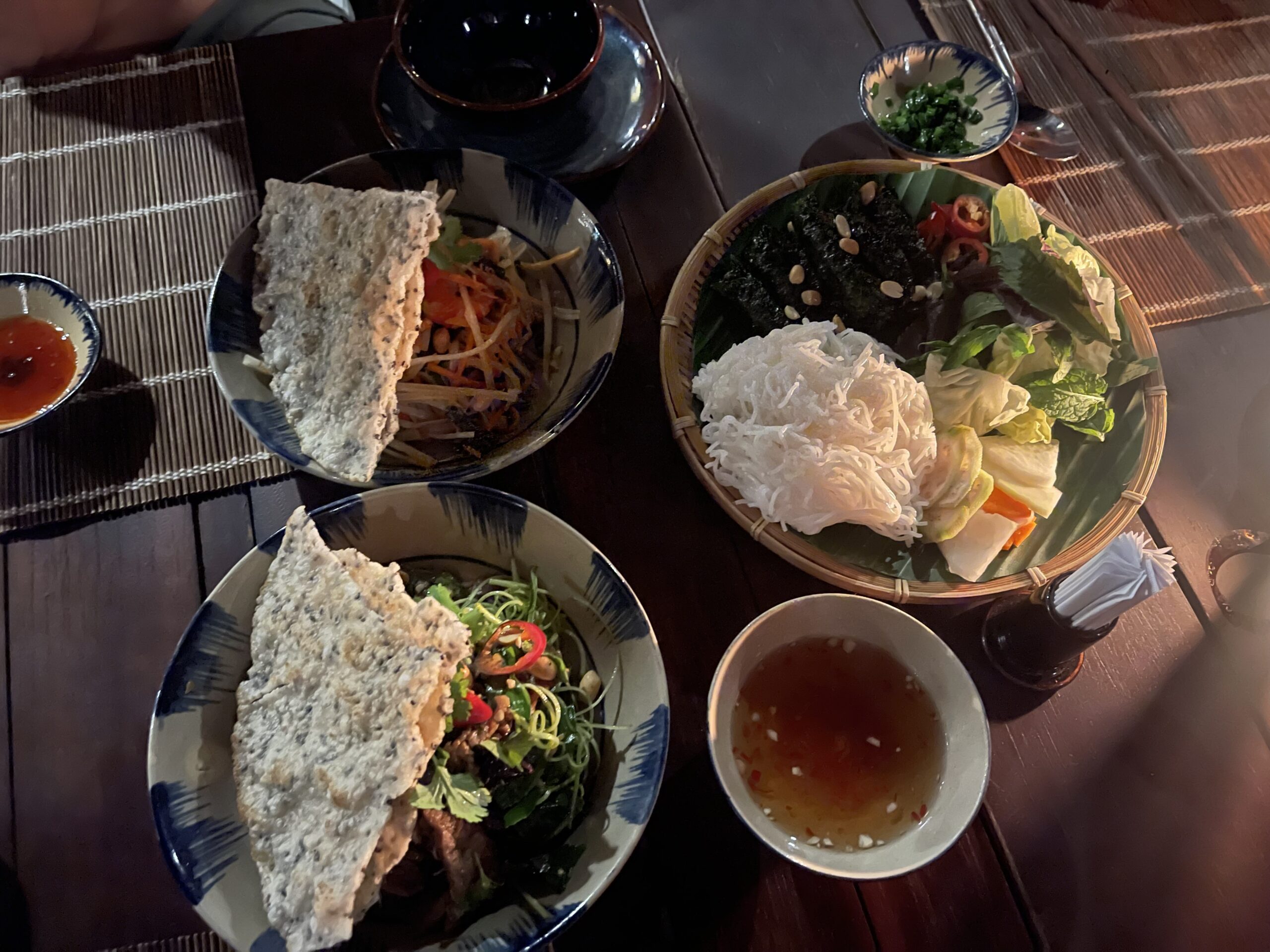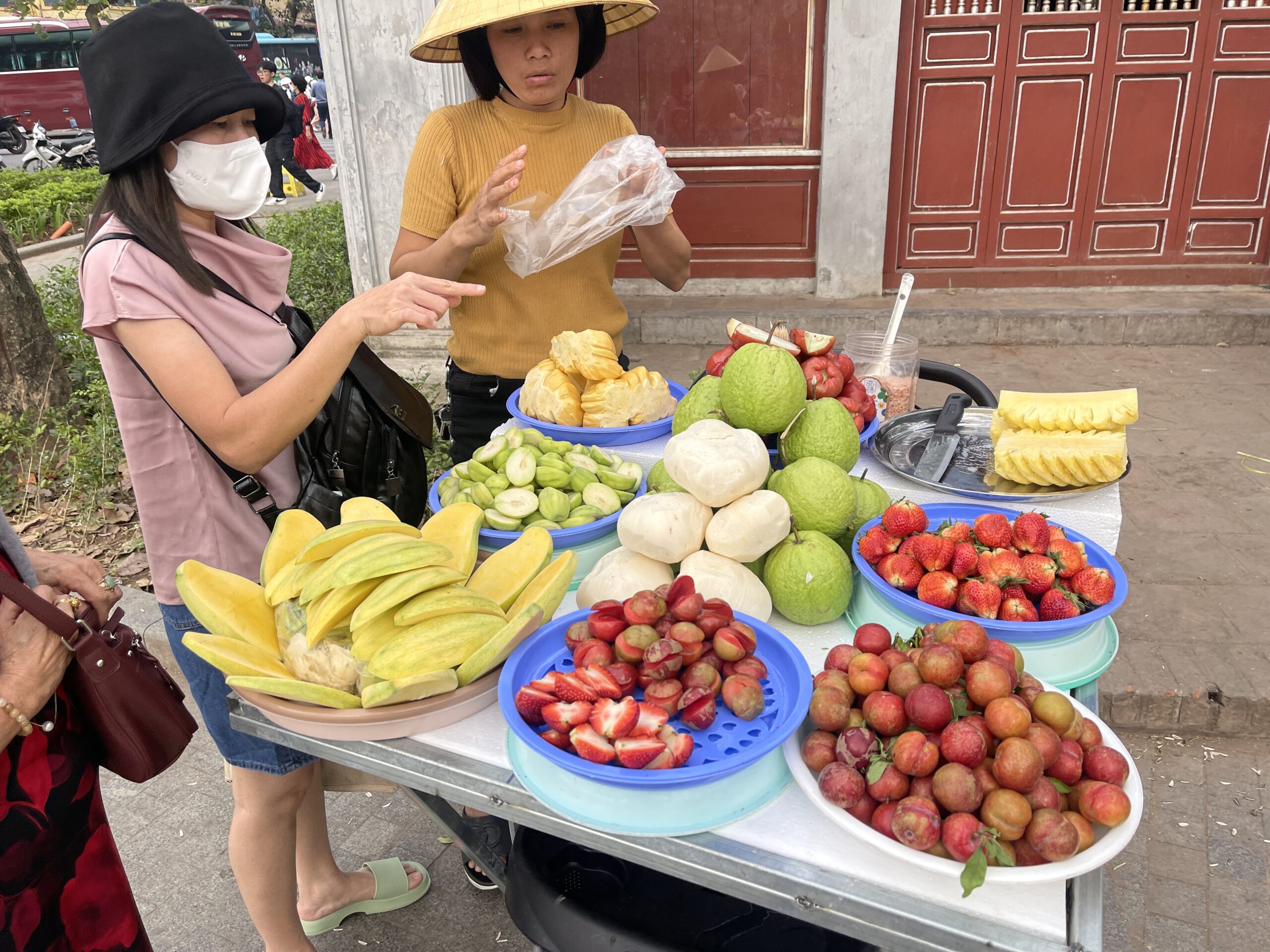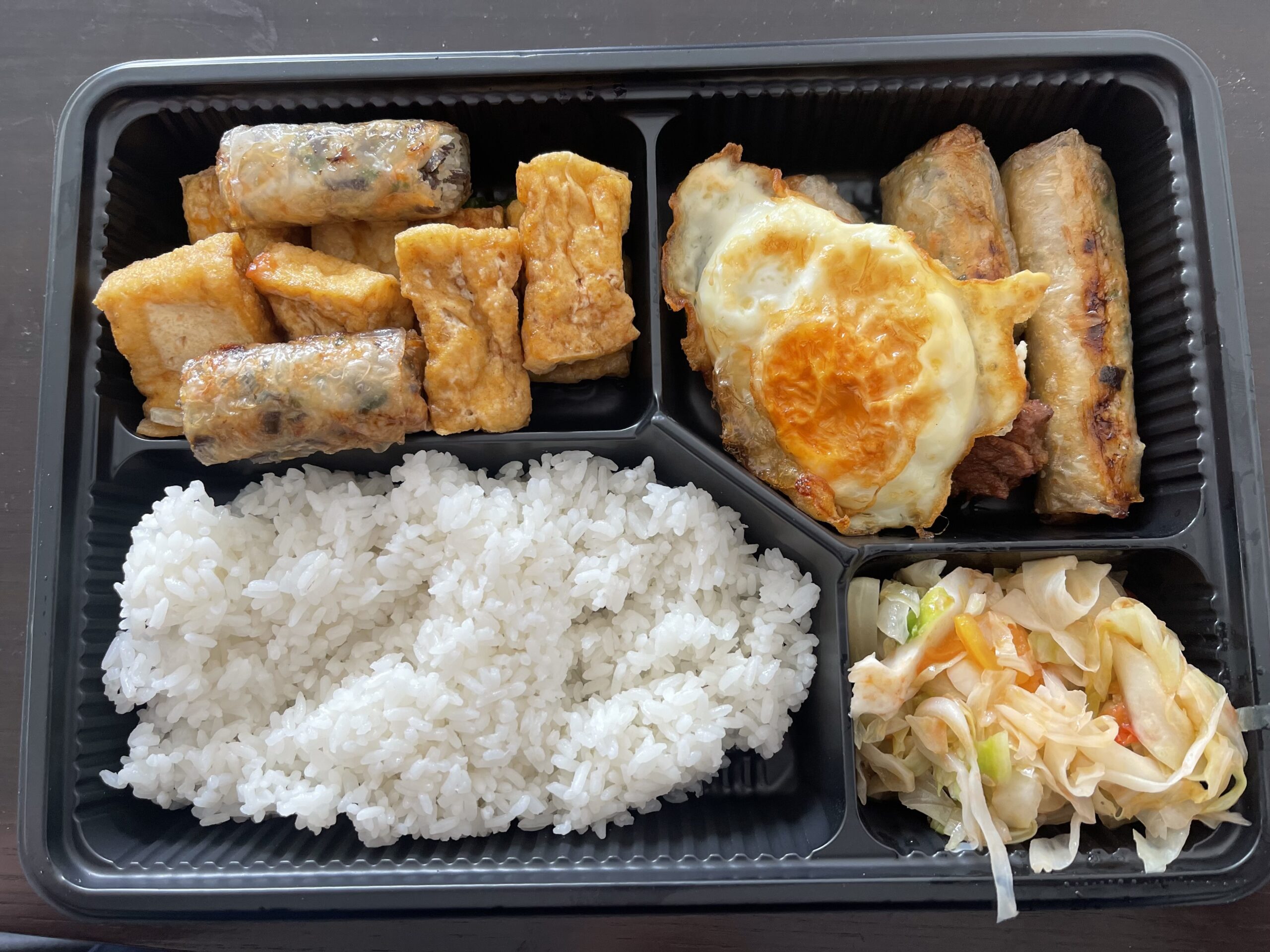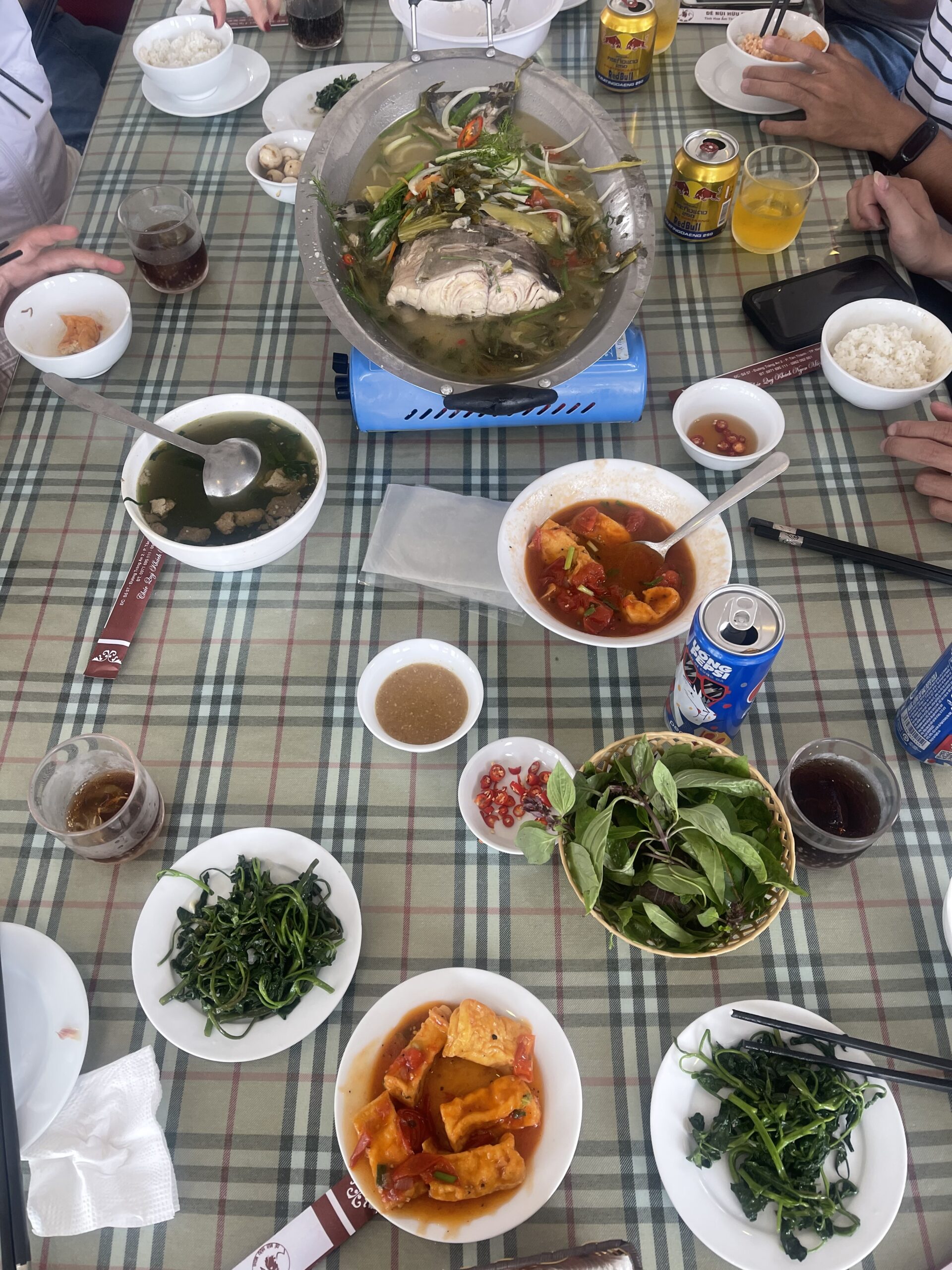

Tourists to Vietnam will find an incredible and mouth-watering culinary ecosystem, consisting of restaurants, tours, regional culinary unique products, festivals, and other suppliers. While most tourists have had the national dish of phở in their hometown, tourists who visit Vietnam are met with a dazzling variety of food options while traveling here.
Recent work by Stone, Migazc, and Sthapit (2022) highlights the importance of memories obtained through culinary experiences. Furthermore, destinations are increasingly utilizing their food and culinary experiences as a pull factor in enticing tourists to visit a destination.
Food in Vietnam focuses on balance and the presentation of fresh herbs and ingredients. For example, sweet, condensed milk (and other flavors) is added to balance the strong, bitter taste of Vietnamese coffee. The northern region focuses on the simplicity of ingredients, the central region adds spice, and the southern region adds sugar to many dishes.
The best dishes are served on the street by an independent restaurant, often located in one’s house, which typically serves only a few dishes. These recipes have been passed down for generations. You sit on a small, plastic stool in small groups with your friends and family (for those that are taller, you may stack a few stools on top of each other). Food is often served family-style.
For me, I typically enjoy a bánh mì sandwich for breakfast (typically around 20,000 Vietnamese dong, or about $1.00), which is a great example of Vietnamese-French infusion, with its baguette, crispy bread, egg, pâté, pickled vegetables, and a butter mayonnaise. Phở is also typically consumed at breakfast. Lunch and dinner typically include a dish with rice, meat, fish, and vegetable soup.
Tropical fruits, such as lychee, dragon fruit, and durian, are a source of inspiration for juices and smoothies, and Vietnam boasts a strong coffee culture. There are also numerous options for the more daring (e.g., snake and horse).
Vietnam is a beer-drinking country, propelled by a few staples, such as Via Hanoi, 333 Lager, and Bia Hanoi. Beer is typically served with a bucket of ice, to keep the beer cold. Numerous microbrews have popped up in recent years, adding local flavors and ingredients (e.g., local coffee, local sugars, and tropical fruits). Hanoi also has a thriving cocktail bar culture.
I’ve also had the chance to experience a few different styles of service. Sadhu Restaurant in Hanoi is technically a vegan “buffet,” although servers bring you a variety of small dishes from a menu of 60+ options. Quite simply, this is one of my favorite restaurants, and the best vegetarian/vegan restaurant I have ever been to. Of course, nothing beats having a Hot Pot and ice-cold beers with friends in the French Quarter or Old Town, boasted by the frantic energy of tourists and locals coming together for a meal on the street. There’s nowhere else in the world like this!
It’s now time for a bánh mì!
Chúc ngon miệng (Enjoy your meal!)




